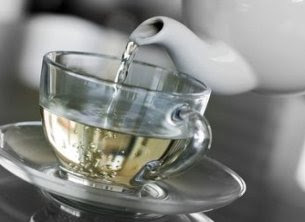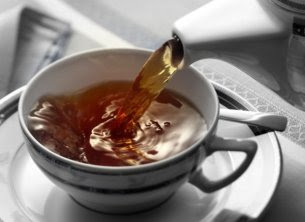By Al Ries
“Country of
origin” used to be a powerful force in marketing. Gin from England Russia France Germany America
The world is
changing. Today, where a brand is produced is less important than the brand
itself. What do you call a Toyota automobile
manufactured in America
Or how about
Ralph Lauren, a famous American clothing designer whose company had revenues of
$6.9 billion last year. Would you call his clothing “American clothes,” in
spite of the fact that almost none of his clothing is made in America
Coca-Cola is
widely perceived to be an American drink even though all of the Coke consumed
in India is made in India
Today, the brand
is more important than where the brand was produced. In the future, many global
brands will be like Red Bull, an enormously successful brand identified with no
particular country.
This leads us to Darjeeling
Next to water,
tea is the world’s most-popular beverage. Something like 4,000,000 tons of tea
are produced and consumed annually. Of this total, the tea gardens of the
Indian district of Darjeeling produce only about 10,000 tons, or just 0.25
percent of the world’s total.
The tea gardens
of Darjeeling could form an association to
market the Darjeeling
What? Darjeeling tea not grown in Darjeeling Darjeeling
Not really. Tea
drinkers don’t want to drink tea grown in Darjeeling Darjeeling
There’s no reason
a tea brand called Darjeeling couldn’t achieve a global market share of
something like 10 percent, or 40 times the current sales of Darjeeling-grown
tea. At premium prices, too.
There’s a good
example in America
Over the years,
the Ocean Spray cooperative marketed fresh cranberries as well as cranberry
juice and many other cranberry products. Today, Ocean Spray is the leading producer
of shelf-stable juice drinks. It also produces dried cranberries, a product
called “craisins,” a play on the word for dried grapes, raisins.
Annual revenues
of Ocean Spray are $2.2 billion and 30 percent of their sales are outside the United States
All around the
world, consumers are eager to buy global brands. As time goes by, people will
forget where a brand originally came from and focus on the perception of the
brand itself.
Where did Red
Bull originate? Does it really matter? What really matters is Red Bull’s
perception as the leading global energy drink.
Someday, Darjeeling Darjeeling












Post a Comment